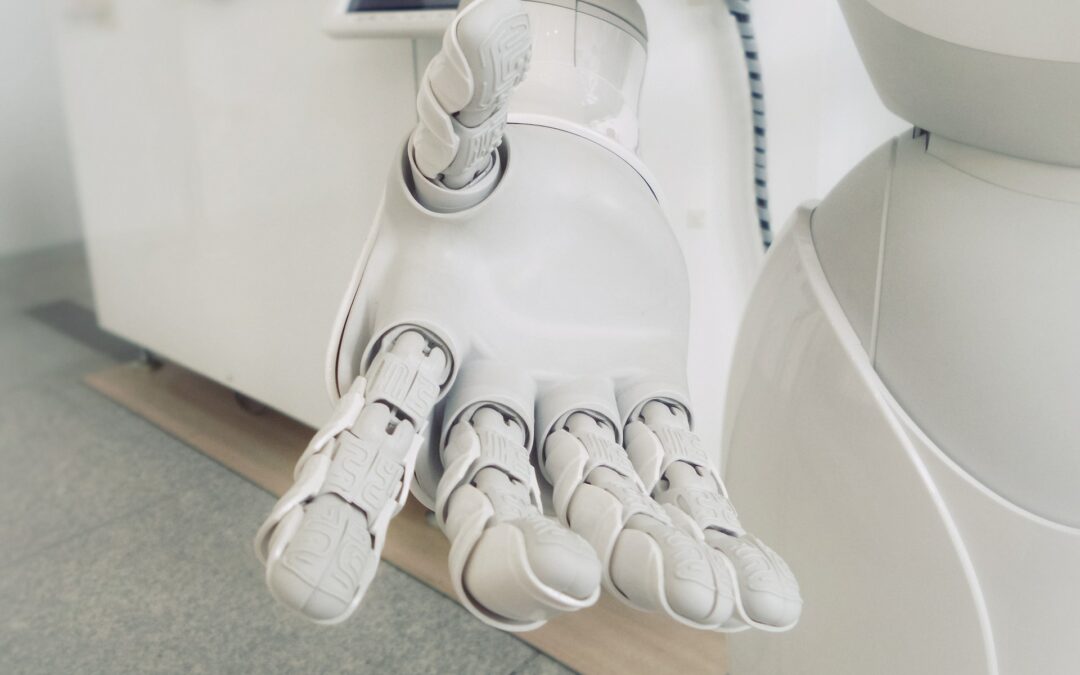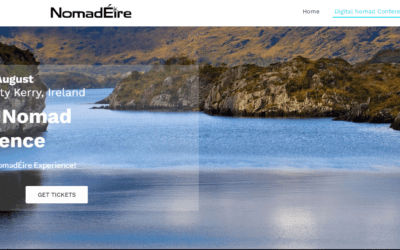|
|
Do you feel like the increasing quantity of data and the always-on nature of communications is causing burnout in your work and sapping your creative energy? If you do, then you aren’t alone.
These feelings match the findings of a new World Trend Index Annual Report from Microsoft WorkLab. Following a survey of 31,000 people in 31 countries and the analysis of trillions of Microsoft 365 productivity signals, the Lab found that the increasing pace and volume of work in most businesses is overwhelming talent, as it becomes increasingly challenging to separate the important signals from the background noise and focus on creative tasks.
But while 49% of people are worried that AI will replace their jobs, a higher percentage, 70%, believe that AI could benefit them in the workplace by lessening the load.
The report shares three urgent insights into how we can adapt to AI in the workplace and embrace it as a beneficial tool for boosting productivity and creativity.

Insight 1: The digital debt dilemma
In the report, digital debt refers to the overwhelming influx of data, emails, meetings, and notifications that have outstripped our capacity to process them efficiently. This can be especially challenging for digital nomads and remote workers who rely on digital tools to stay connected and who often find it difficult to switch off when not working due to skewed work hours based on time zone and availability.
The report reveals that nearly two-thirds (64%) of professionals admit to grappling with time and energy constraints, making it difficult to execute their jobs effectively. As well as struggling with the day-to-day demands of work, these individuals are 3.5 times more likely to struggle with innovation and strategic thinking, largely because they aren’t left with enough space for that kind of thinking.
Every minute spent managing digital debt is a minute not dedicated to creative and innovative work, a cornerstone of success in the modern era. With creativity being heralded as the new productivity, the impact of digital debt on business is far more than a mere inconvenience – it is affecting innovation itself.
A meeting-heavy world
Two of the biggest culprits when it comes to losing time are managing emails and meetings. The report shows that the biggest email communicators, so the top 25%, spend 8.5 hours per week on emails. Similarly, the report reveals that employees globally spend an average of 7.5 hours per week in meetings.
Meetings were another major productivity issue mentioned in Microsoft WorkLab’s previous report on the hybrid work landscape, which we discussed here.
These unrelenting drains on our attention not only consume valuable working hours but also detract from productive, creative endeavors. This is especially the case with meetings when employees say that they often show up out of obligation and expectation rather than the belief that they will gain information that will enable them to work better.
The report suggests that these are both areas where AI can have an impact. When it comes to email, AI is increasingly good at filtering and prioritizing based on specified parameters and can also respond to frequent inquiries based on a library of responses.
The report suggests that AI can help transform meetings into digital artifacts, allowing participants to engage with them on their own terms, whether synchronously or asynchronously. This technology promises to reduce the inefficiencies plaguing virtual meetings, such as difficulties brainstorming or catching up when joining late, unclear next steps, and challenges in summarizing discussions.
![]()
![]()

![]()
Insight 2: The AI-employee alliance
While the current use of AI has largely been left on “autopilot” and managed by a few expert team members, the report suggests that in the future, AI will be more like a “co-pilot” for workers.
The report shows that employees are increasingly likely to see AI as an ally rather than a threat in the workspace and are recognizing an increasingly wide range of tasks that they would be not only willing but also eager to delegate to AI.
According to the survey, 76% of workers would want to delegate admin tasks to AI, 71% could see themselves using it as an analytical tool, 89% think that it would be useful for finding the right information, 80% say that it could be used for summarizing meetings and action items, 77% responded that it could be useful for planning their day, and 73% think that it could help with creative work.
This last insight is probably the most surprising, as this has been where there has been the most pushback against AI. The recent Hollywood writers’ strike, which includes complaints about AI being used in script production, is an example of this. However, respondents said that they could see AI as a useful tool for producing a first draft, for overcoming writer’s block, and as an outsourcing tool to execute new creative ideas.
This vision for AI as a partner seems to mirror how the “ship’s computer” works in the Star Trek universe. The computer detects anomalies, crunches data, and follows the orders of the crew to make things, but it is always the crew that is the integral creative force steering the ship out of trouble and toward its destination.
The report shows that the more people understand AI, the more they see its promise in helping with the most meaningful aspects of their jobs.
Insight 3: AI aptitude is a must-have skill
The report underscores the need for all staff to develop new skill sets as AI becomes an integral part of the workforce. As AI evolves into a co-pilot, working alongside humans, all workers must develop AI aptitude. This aptitude encompasses skills like critical thinking, analytical judgment, complex problem-solving, and creativity – competencies essential for thriving in the modern workplace, regardless of one’s location or role.
Some of the skills required to work effectively with AI are already clear. Since AI is adapting quickly, people need to be flexible and adjust to the changing integration of AI into their workflow. Teams need both emotional intelligence and analytical judgment to weigh human intelligence and AI capability and when each is the best resource available. Creative evaluation is necessary to judge the quality of work produced by AI, as is bias detection. Finally, intellectual curiosity is essential to learning how to ask the right questions of AI.
The paradigm shift to AI requires individuals to work collaboratively with AI systems, utilizing natural language and integrating AI seamlessly into their workflows. Leaders are increasingly recognizing the importance of AI aptitude and are investing in equipping employees with the necessary skills to excel in an AI-powered future.

Embracing the future
It is clear that AI has an important role to play in reshaping work patterns and fostering an environment where creative workers can not only survive but thrive. By embracing AI, we can harness its potential to boost productivity, alleviate digital debt, and unlock creativity, all while enjoying more professional freedom. This is a world ideal for digital nomads.
Are you interested in integrating AI into your work? Read our recent posts on what to expect from AI in coworking spaces and how to unlock the power of AI in remote work.










